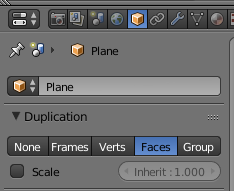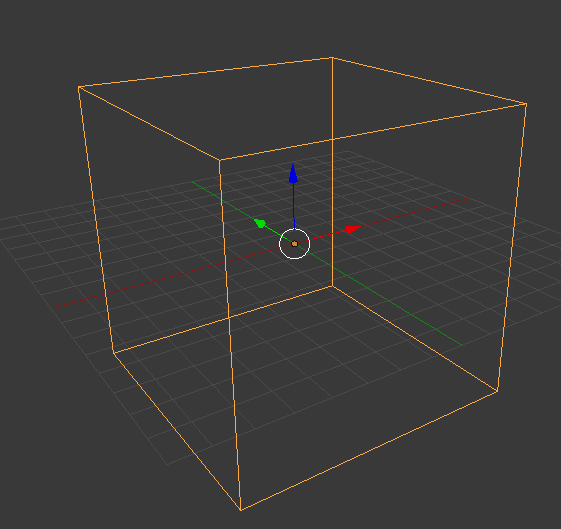I have a shipping container made up of around 30 different meshes. I want 3200 containers stacked together, each with a single random colour of a selected gradient (red container, blue container, green container, etc).
Another post on the site suggests to "Separate as loose parts" after applying the array, but this assigns a random color to each SINGLE mesh component (observable in the monkey's eyes).
Is there a way to merge all objects into a single one, joining all intersecting external faces automagically? (Boolean modifier doesn't appear to be designed or smart enough to handle several complicated meshes)
Is there another way to apply random colors to array items without separating into loose parts?
Thank you!









